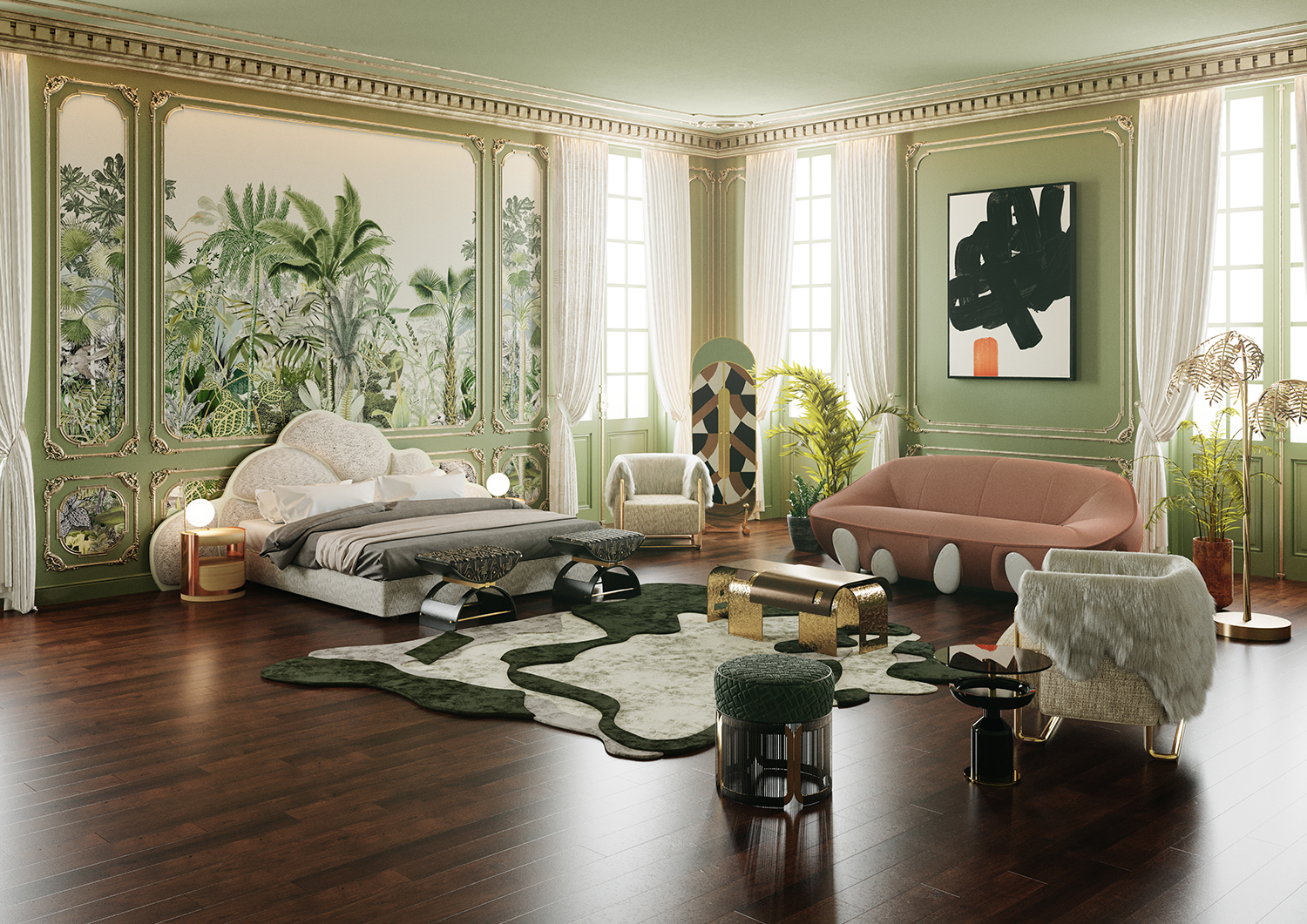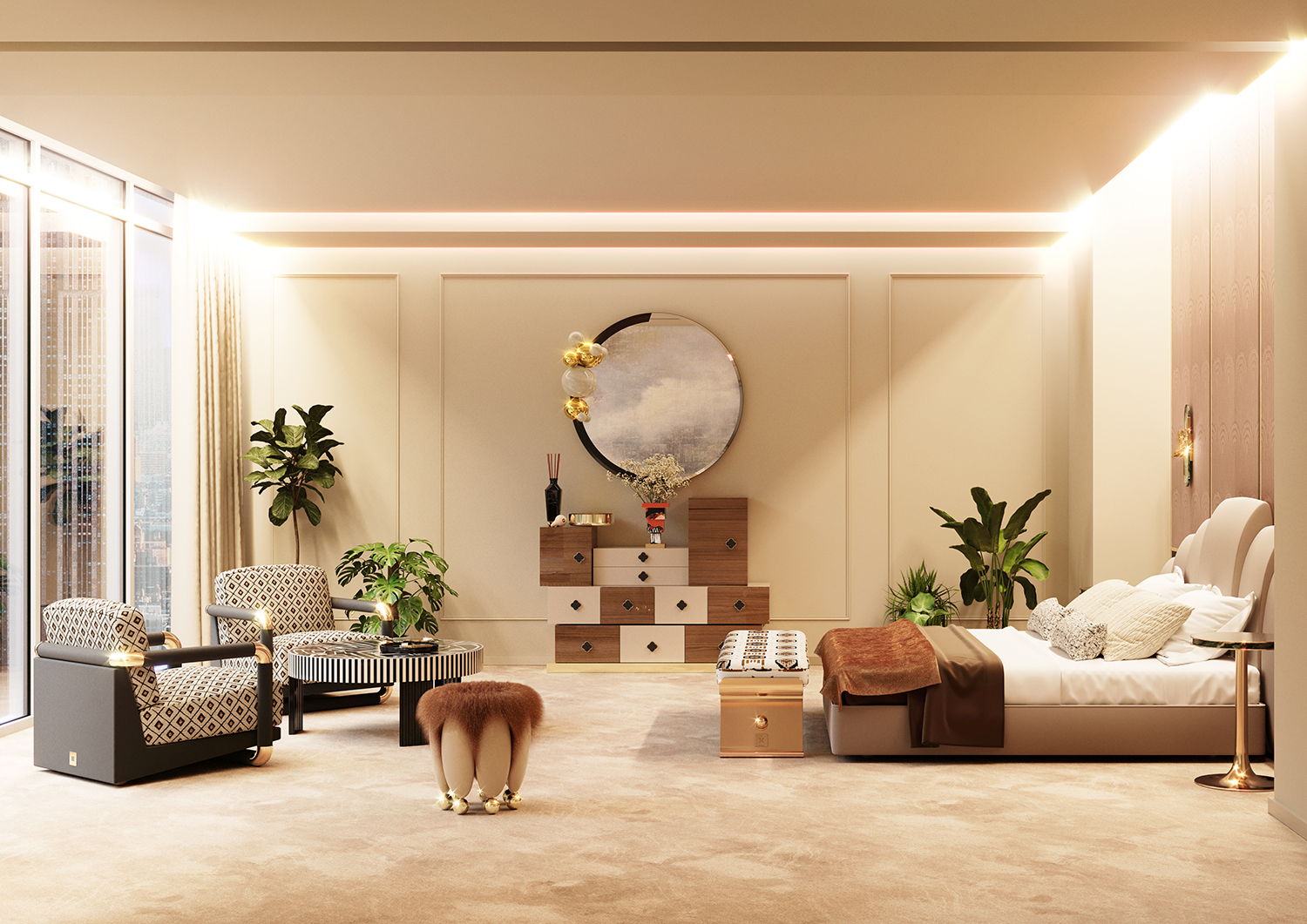Discover luxury interior design for an elegant touch.
Discover luxury interior design for an elegant touch.
Blog Article
Transform Your Home With Necessary Principles of Interior Design and Visual Appeals
By comprehending the effect of shade concept and the importance of texture and patterns, one can create rooms that are not just visually enticing however additionally deeply personal. Attaining this equilibrium includes more than plain decoration; it incorporates a tactical plan and an eager understanding of how each component connects within an area.
Comprehending Shade Theory
Shade theory is an essential facet of interior decoration that significantly influences mood, understanding, and total visual. Understanding the principles of shade theory allows designers to create spaces that resonate psychologically with passengers while fulfilling practical needs (Architecture Firm). Colors can be classified into three main kinds: key, second, and tertiary. Each group plays a crucial duty in developing consistency within an area.
The mental impact of shades is extensive; warm hues such as reds and oranges evoke power and heat, while amazing tones like blues and eco-friendlies promote peace and peace. In addition, using corresponding shades improves visual passion, producing striking contrasts that can elevate an area's charm.
Neutral shades, on the various other hand, act as a flexible backdrop, permitting other layout aspects to shine. It is vital to think about elements such as lights and the area's objective when choosing a shade scheme, as these can modify the assumption of colors throughout the day.
Ultimately, a well-considered color pattern can change an area, fostering a sense of comfort and style that straightens with the occupants' choices. Proficiency of color theory is, consequently, an important ability for any kind of interior designer aiming to produce unified and inviting environments.
Accomplishing Equilibrium in Layout
Just how can designers achieve a sense of equilibrium in their areas? Accomplishing balance in layout is essential to developing harmonious interiors.
Asymmetrical balance, on the other hand, relies on differing elements that still achieve a natural appearance. This method enables even more dynamic and casual plans, offering rate of interest while keeping equilibrium. By very carefully choosing varying sizes, shades, and structures, developers can create a visually compelling area that feels well balanced yet energetic.
Radial equilibrium highlights a central focal factor with aspects radiating exterior. This design is frequently seen in circular formats, where furniture and design create a natural surround that attracts the eye internal.
Eventually, accomplishing balance needs thoughtful consideration of range, proportion, and the relationships between aspects. miami interior design. By masterfully applying these balance concepts, designers can transform spaces right into atmospheres that feel both aesthetically pleasing and functionally harmonious, boosting the overall experience for owners
Relevance of Spatial Understanding

A keen feeling of spatial recognition allows developers to recognize focal factors within an area, leading the viewer's attention to essential functions while preserving an overall feeling of unity. It also assists in the tactical placement of lighting, which can substantially affect the assumption of area and mood. In addition, recognizing spatial partnerships makes it possible for the developer to satisfy the certain requirements of occupants, making sure that each area serves its intended purpose without compromising appearances.
Ultimately, spatial recognition is vital for taking full advantage of the possibility of any type of interior room. By meticulously taking into consideration the interplay in between measurements, format, and feature, developers can create settings that not only fulfill useful needs however also evoke a feeling of comfort and elegance, boosting the general living experience.
Including Appearance and Patterns
Embracing a diverse series of appearances and patterns can dramatically improve the visual and tactile allure of an interior space. The strategic use various materials-- such as wood, steel, textile, and stone-- develops depth and passion, making a room feel much more welcoming and dynamic. Incorporating smooth surface areas with harsh appearances can develop a balance that draws the eye and involves the detects.
When incorporating patterns, consider both scale and repetition. Big patterns can offer as focal points, while smaller sized, refined styles can enhance various other elements without overwhelming the room. Layering patterns, such as pairing flower paddings with candy striped throws, includes complexity and a feeling of consistency if implemented thoughtfully.
It is also essential to maintain a natural shade palette, making certain that appearances and patterns interact instead of compete for interest. By selecting a click here for info few essential structures and patterns, you can create a merged visual that shows your individual design while boosting the total atmosphere of the area. Ultimately, the cautious incorporation of these components can change site link an ordinary space into an advanced environment rich with personality and warmth.
Personalizing Your Space
Developing an area that mirrors your character is crucial to accomplishing a genuinely inviting environment. Personalization in interior decoration enables you to instill your distinct style and rate of interests into your home, changing it from a simple sanctuary right into a refuge that talks with that you are. Begin by picking a shade palette that reverberates with your feelings-- vibrant hues can energize, while soft tones supply tranquility.
Integrate art work and decor that reflect your enthusiasms, whether it be traveling, nature, or abstract ideas. Displaying individual collections, such as books, pictures, or mementos, can stimulate treasured memories and produce centerpieces within an area. In addition, take into consideration tailoring practical pieces, like upholstered furniture, to line up with your aesthetic preferences.

Verdict
Finally, the transformation of a home via the essential principles of interior decoration and visual appeal requires an extensive understanding of shade theory, balance, spatial awareness, appearance, and customization. Each aspect contributes considerably to producing a harmonious and practical living atmosphere - luxury interior design. By thoughtfully integrating these concepts, individuals can improve the aesthetic allure and psychological resonance of their rooms, inevitably cultivating a home that mirrors one-of-a-kind identifications while providing convenience and usefulness
Report this page